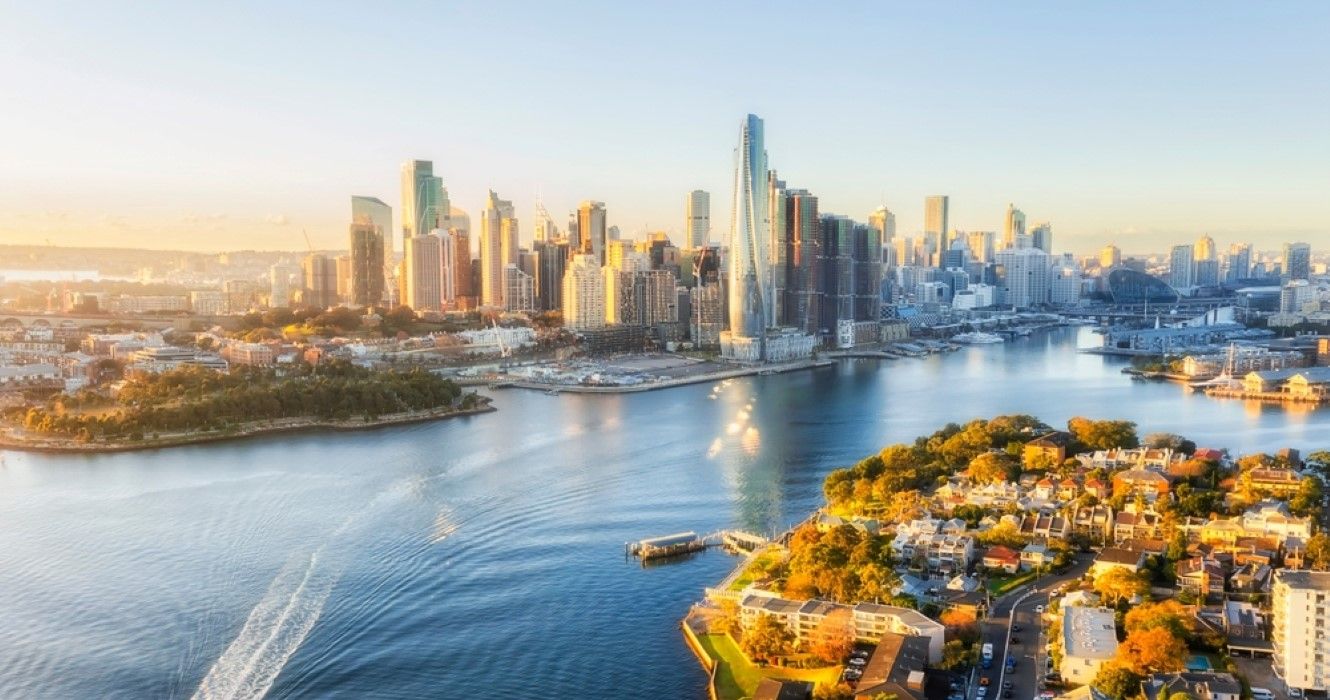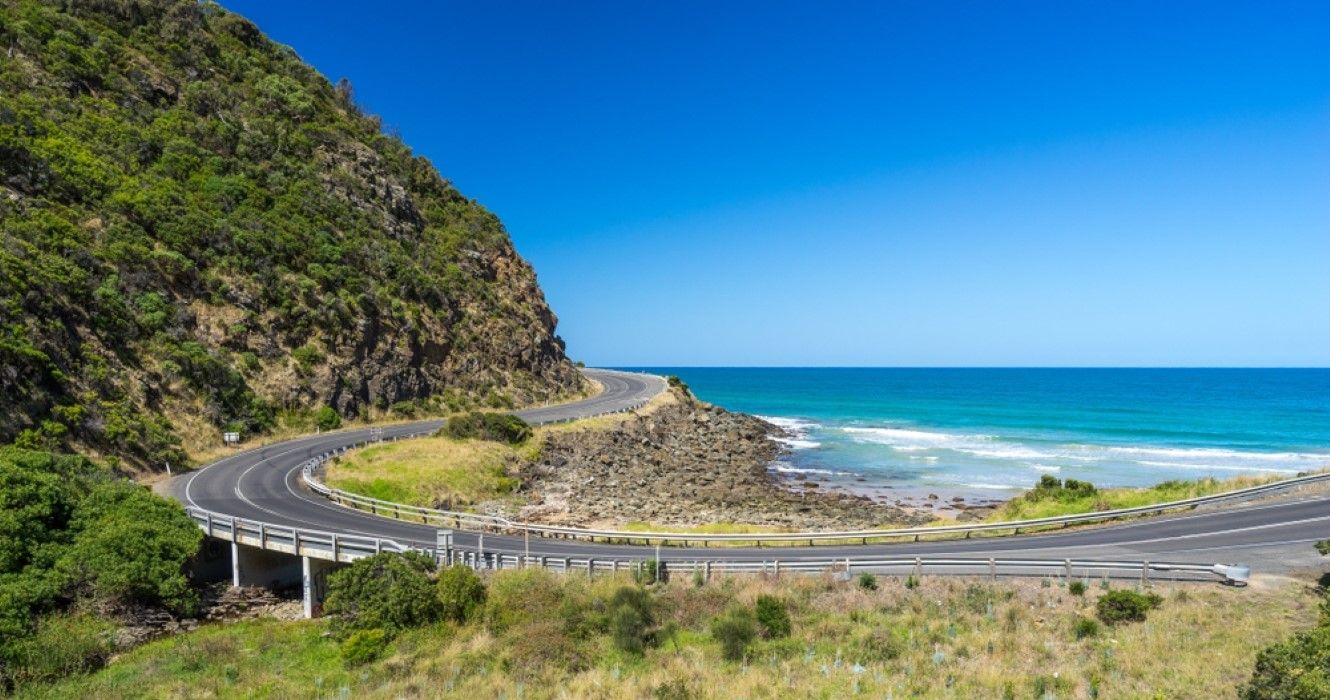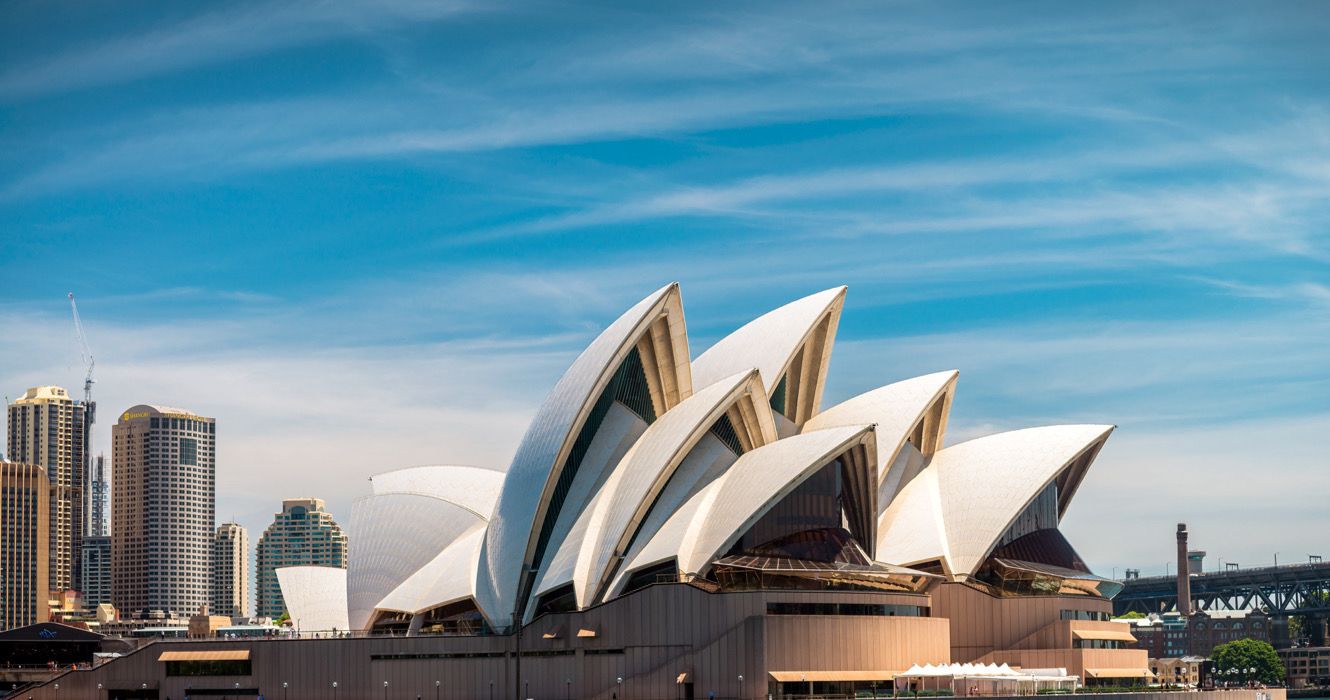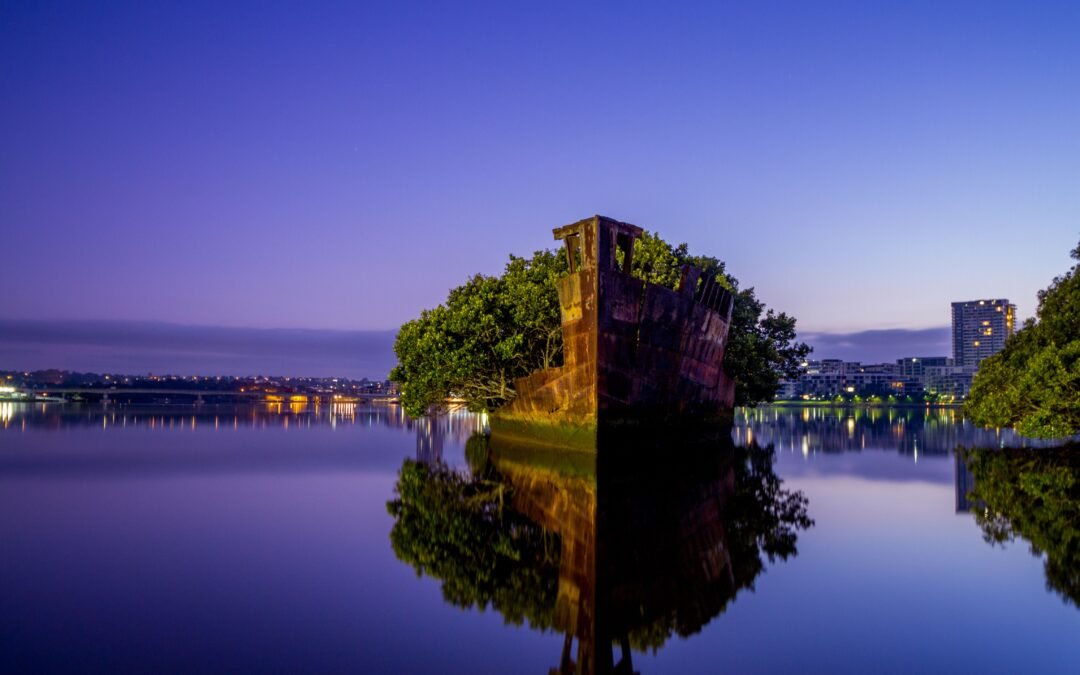Because the world’s famed “Down Below” continent, Australia has a number of the most distinctive geological and cultural sights on Earth. Not solely does Australia have plenty of amazing attractions and activities for a backpacker’s budget, however its wildlife is famously (or infamously) a number of the most unusual (and deadliest) on the planet.
When you’re within the temper for exploring the nation’s distant wilderness, you may go to the exciting destinations in Australia’s remote Northern Territory (residence to such icons because the famed Australian Outback and the World Heritage Website Uluru). Or if you wish to discover Australia’s Aboriginal heritage, you can visit “Australia’s Stonehenge” at the Sunbury Earth Rings in Victoria. When you’re fortunate, you might even see an Emperor Penguin pay a visit to an Australian beach from Antarctica.
However not each notable attraction in Australia is so distant or so historic. A number of the nation’s finest sights are nestled within the coronary heart of its largest cities. Take, for instance, Sydney’s Homebush Bay, a bay on the mouth of the Parramatta River close to the neighborhood of Sydney Olympic Park.
Whereas the bay and its surrounding landmarks are value visiting, its important function is the one-of-a-kind “floating forest” in the course of the water! Although this specific attraction’s origins are artifical and comparatively current, its story is greater than fascinating sufficient to make a worthy cease on a visit by Sydney.

Associated
10 Best Airbnbs In Sydney That Exude Charm And Captivating Experiences
Along with the low price and the welcoming ambiance, these Airbnbs in Sydney exude attraction and a one-of-a-kind fascinating expertise.
Homebush Bay And Its “Floating Forest” Are Amongst Sydney’s Most Distinctive Sights
It isn’t all over the place you see a inexperienced forest rising from the wreckage of a former warship
Going by title alone, Homebush Bay’s “Floating Forest” appears like a very evocative sight. However the actuality is in some way even extra eye-catching.
The “forest” floating in Homebush Bay is rising out of what appears to be the hull of a shipwreck way back surrendered to the weather. The stark distinction between the decaying ship hull and the wealthy, vivid greenery of the forest’s mangrove bushes creates a one-of-a-kind impact that you simply will not possible discover wherever else, not less than in the course of Sydney.
The Floating Forest is just not merely a formidable visible — it is also ideally located to be a primary picture alternative. The ship sits within the bay simply off an accessible pedestrian bridge, offering each skilled and beginner photographers with nice photographs at shut vary.
Even higher, the ship’s east-lying orientation frames it particularly effectively in opposition to each the dawn and the sundown. Thus, photographers can get wonderful photographs of the decaying ship and its luscious forest backed by the deep great thing about the rising or setting solar.

Associated
10 Sydney To Melbourne Road Trip Stops You Should See For An Unforgettable Adventure
When on a highway journey from Sydney to Melbourne, each single cease is breathtakingly attractive and effectively value exploring.
Sydney’s Floating Forest Is A Should-Go to For Historical past Buffs
The previous SS Ayrfield is an everlasting relic of World Warfare II
When you disregard the in depth forest of bushes, a shipwreck positioned in a bay close to a significant metropolis is just not that uncommon a sight. However the ship itself, removed from being second-fiddle to its tree passengers, really has fairly an fascinating historical past of its personal.
The shipwreck that’s now residence to this distinctive forest is the remains of the SS Ayrfield. All outdated ships have some fascinating tales to inform, however the Ayrfield has the excellence of being an genuine maritime veteran of World Warfare II.
Initially in-built Scotland in 1911, the Ayrfield was eventually conscripted into the military as a transport ship to carry provides to US troops preventing within the Pacific. Although the ship undoubtedly carried out its duties effectively, time finally caught up with the once-proud vessel.
Like so many World Warfare II-era ships, the Ayrfield was scuttled in a shipwrecking yard in Homebush Bay in 1972. When the shipwrecking yard was scrapped in favor of redevelopment initiatives, the Ayrfield and some different shipwrecks had been left floating within the bay to be scuttled by the weather as an alternative.
Nonetheless, nature had different plans. The big mangrove forests lining the bay’s shores offered ample seeds to be dispersed by useful birds. Many of those seeds landed within the stays of the Ayrfield. Remarkably, these seeds started to sprout, finally rising into the magnificent “Floating Forest” you may see immediately.
The stays of the SS Ayrfield are, in some ways, the proper mix of human handiwork and nature. Like Australia’s defunct Maralinga nuclear testing site, the Ayrfield is a worthwhile go to for historical past buffs, significantly these curious about army historical past.
However the ship’s present forest is all pure.
The stark distinction between the ruins of what was as soon as a mighty army ship and the tenacious mangrove bushes which have made it their house is a reminder, each wondrous and somber, of the facility of nature.

Associated
Learn The Backstory Of The Sydney Opera House & Take A Guided Tour Through The Iconic Building
The Sydney Opera Home is among the high sights in Australia, and guests ought to watch a present and go on a tour of it.
A Warship Turned Backyard Is A Nice Consultant Of Homebush Bay Itself
The once-contaminated bay is preventing — and successful — its personal battle
The picture of a decaying warship slowly however absolutely reclaimed by nature is a superb metaphor for Homebush Bay itself. Sadly, Homebush Bay has the less-than-desirable distinction of being one of the polluted locations in Sydney for a lot of the twentieth Century.
Along with the aforementioned shipwrecking yard, Homebush Bay was also the site of a Union Carbide plant that produced pesticides and herbicides, amongst different poisonous chemical compounds. These chemical compounds ended up within the waters of Homebush Bay, contaminating the once-pristine waterway with harmful portions of dioxins.
However this, fortunately, is just not the top of the bay’s story. Following the Union Carbide plant’s closure in 1986, Homebush Bay and the encircling space started an extensive remediation process to try to decontaminate the waters and surrounding pure areas.
Homebush Bay is just not fairly out of the woods (figuratively) but. Amongst different lingering points, fishing within the bay continues to be banned attributable to unhealthy levels of dioxins in fish and prawns within the water. Nonetheless, important remediation progress has been made.
Right this moment, Homebush Bay is a beautiful addition to the broader redevelopment of Sydney Olympic Park. And for a lot of guests, the distinctive visible of an attractive forest floating in the course of a decaying warship is the proper embodiment of the bay’s resilient magnificence rising from a tragic historical past.



Recent Comments